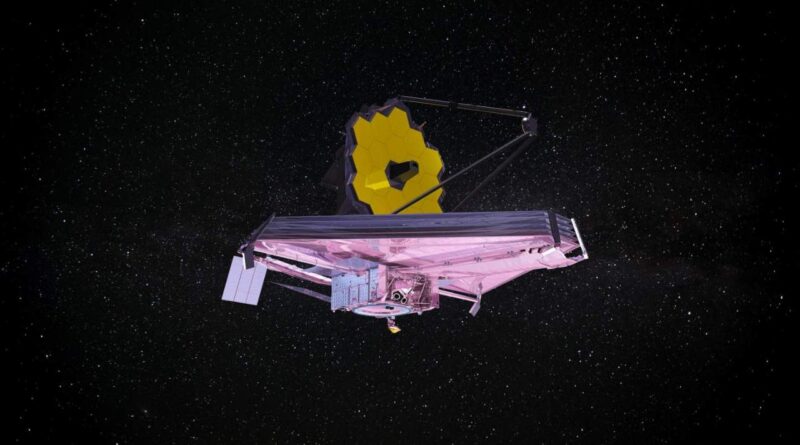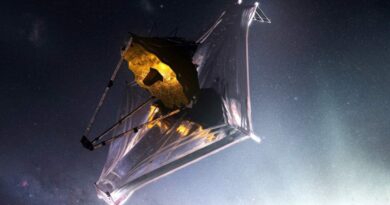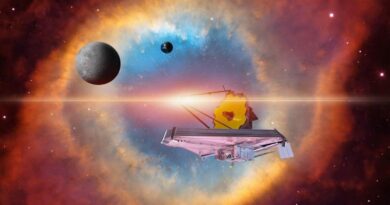Track NASA’s Webb Space Telescope in Real-Time
NASA’s James Webb Space Telescope (JWST) eventually launched on December 25 after a slow gravidity process that began way back in 1996. While the launch was a complete success, there are numerous further phases of the telescope’s trip and deployment that remain deficient and that need to go off without a hitch before NASA, its cooperating space agencies and the wider scientific community and public can breathe a shriek of relief. Thankfully, with the prodigies of ultramodern technology, NASA has made it possible for anyone who’s keen to see the charge succeed follow as the adventure of the JWST unfolds, relatively literally, in real- time.
NASA’s “ Where is Webb” website features a live, data- driven infographic that shows the stats of the JWST (or just “ Webb” as interposers call it), as it makes its way to its orbital position, some 1 million country miles (1.5 million km) from Earth. As numerous of you’ll have guessed formerly, that puts it well out of Earth’s route where the Hubble space telescope has been ringing at an altitude of around 570 km and out into deep space. The Webb’s orbital insertion point is known as the alternate Lagrange point (L2). This route will place the telescope in line with the Earth as it orbits the Sun. This position was named as it, in confluence with the Webb’s sunshield, will give maximum protection from the light and heat of the Sun, Earth and indeed the Moon. (NASA)
The JWST Will be Fully Deployed on Arrival at the L2 Orbit
The “ Where is Webb” point is presently conniving every step of Webb’s trip including the colorful deployments of its factors that it has either formerly accepted or will shoulder and roughly when each of these critical phases will take place. With a glass that measures 21 bases across (6.5 measures), the Webb had to be designed so that it could be folded to first fit into its launch vehicle. In this case, the Webb demanded to be partake tightly inside the European Space Agency’s Ariane 5 rocket, which has a cargo donation that runs 18 bases wide (5.4 measures). This is what has needed the complex unfolding and deployment process that the Webb is presently bearing.
Once the sunshield is completely stationed, the glass parts will also begin unfolding and locking into place to complete its dish. This will begin from around day 10 and last through to day 26. At the time of jotting, the Webb was over three days into its charge as was roughly 37 percent of the way towards the L2 route. It had successfully stationed its Aft Unitized Pallet Structure (UPS), which carries the five folded sunshield membranes. In total, NASA says 140 release mechanisms, 70 hinge assemblies, 400 pulleys and 90 lines need to work faultlessly or the$ 10 billion design could come to aught.
Orbital Insertion
To insure that the Webb is duly aligned for orbital insertion, it’ll be firing its maneuvering rockets along the way to fine tune its line. The “ Where is Webb” point tells us that on day 29 of the charge, the Webb will complete its final “ burn” as it’s fitted into its L2 route (NASA). At that time, the “ Where is Webb” point will naturally stop tracking distance, but will switch to covering the Webb’s temperatures in real- time.
The Webb will need to cool to operating temperatures of around-370 degrees Fahrenheit (-233 degrees Celsius) and will begin a battery of tests and calibrations that will last several months before it begins to shoot its first images back. At that point, prepare to be blownaway.However, you clearly will as the Webb has imaging capabilities that are over to 100x more important than the Hubble, If you did n’t understand what all the fuss has been about. This is important enough to “ see back in time” to the conformation of the first stars in macrocosm. The Webb is further than just another telescope — it’s a virtual time machine.




